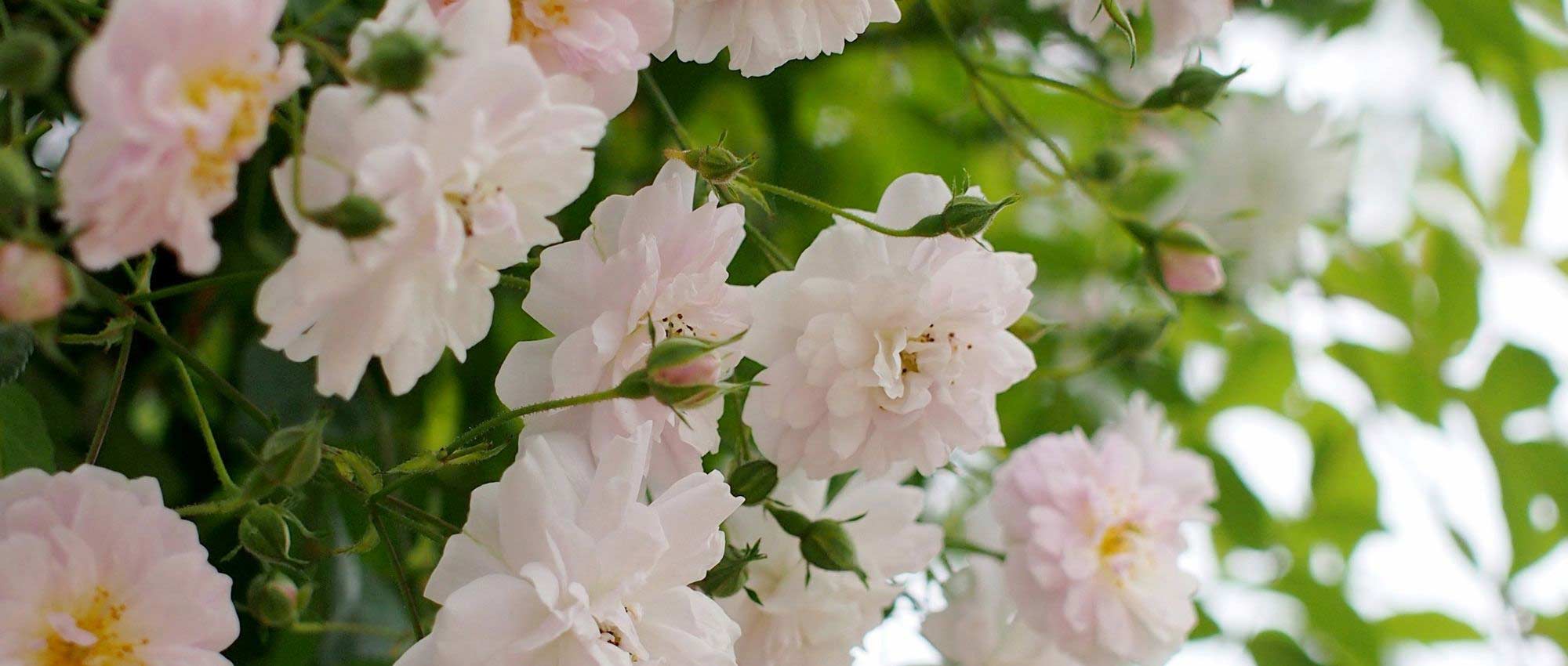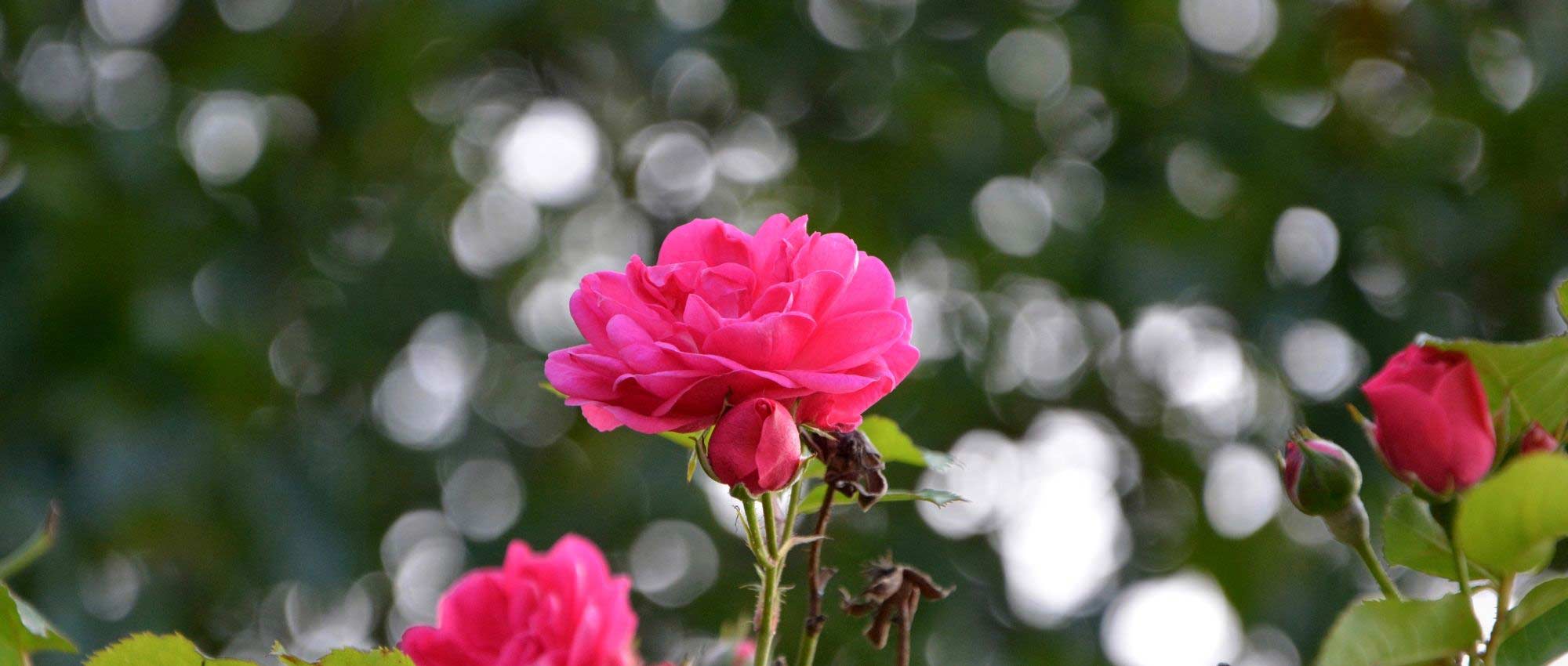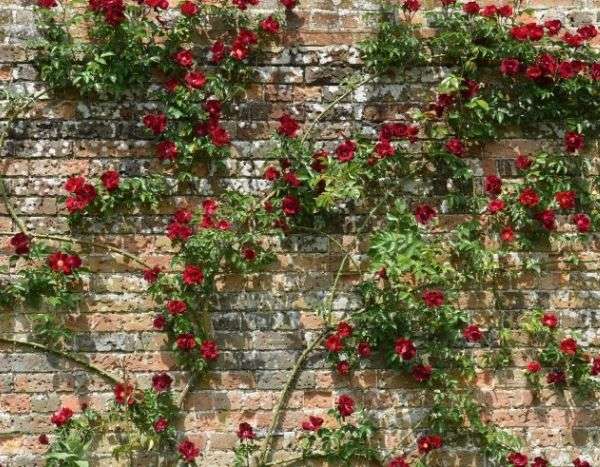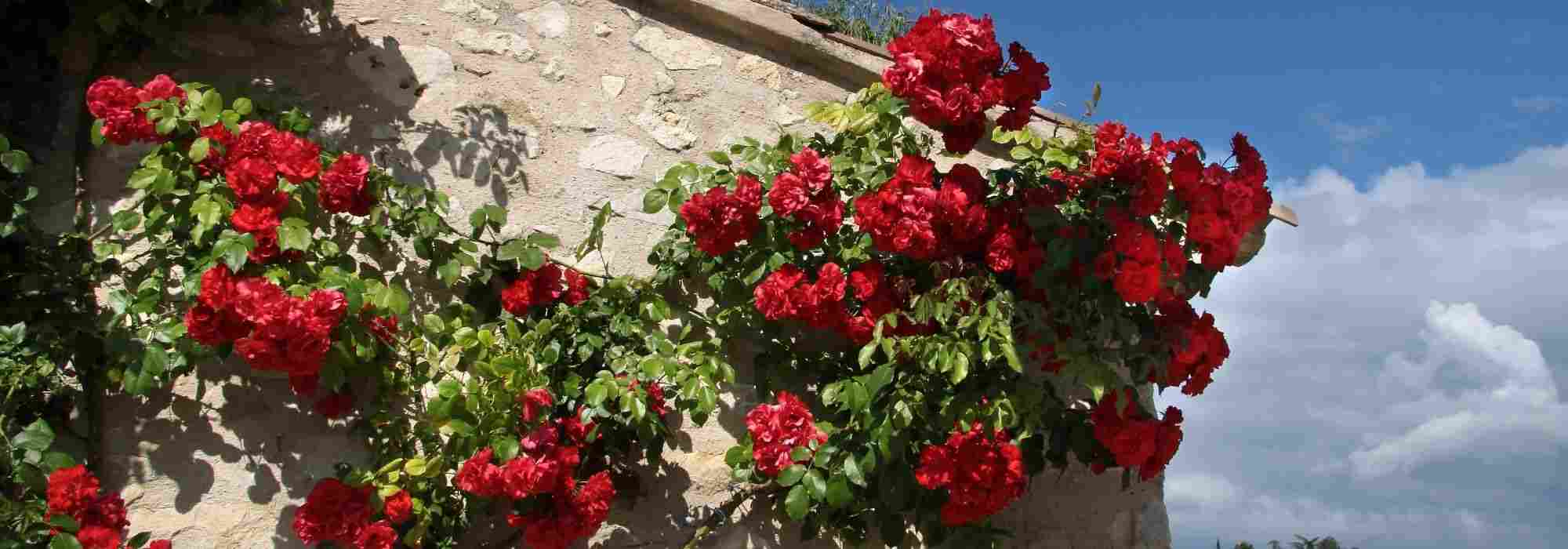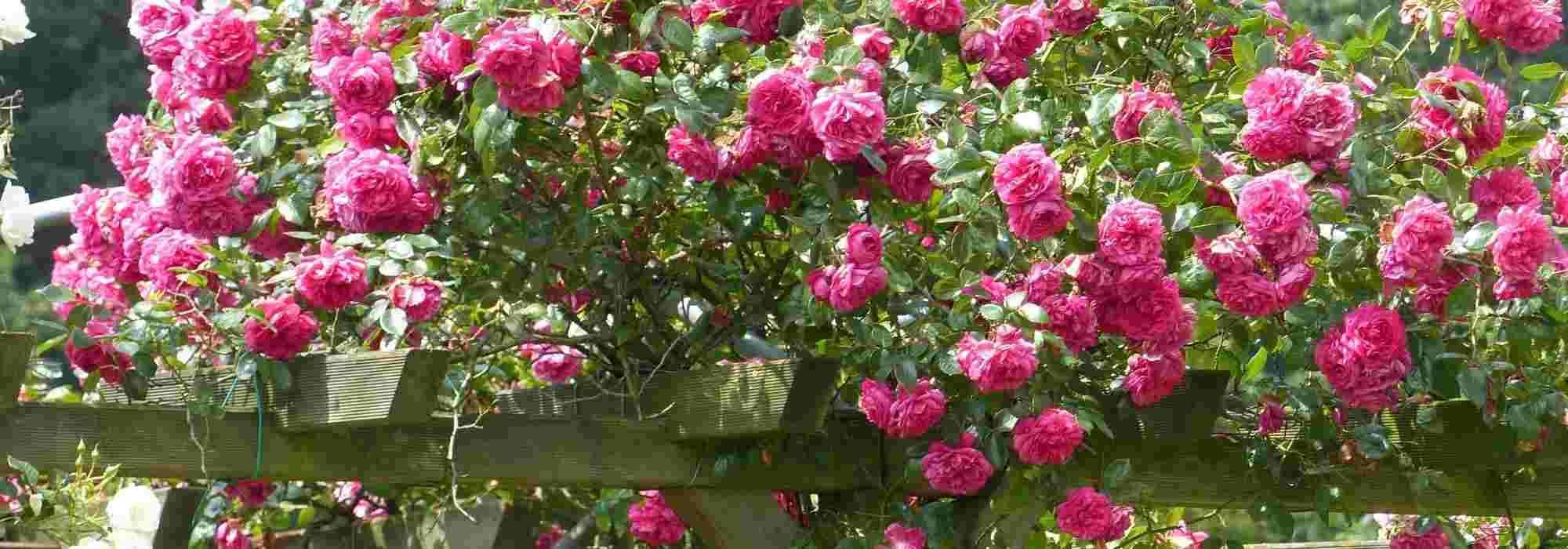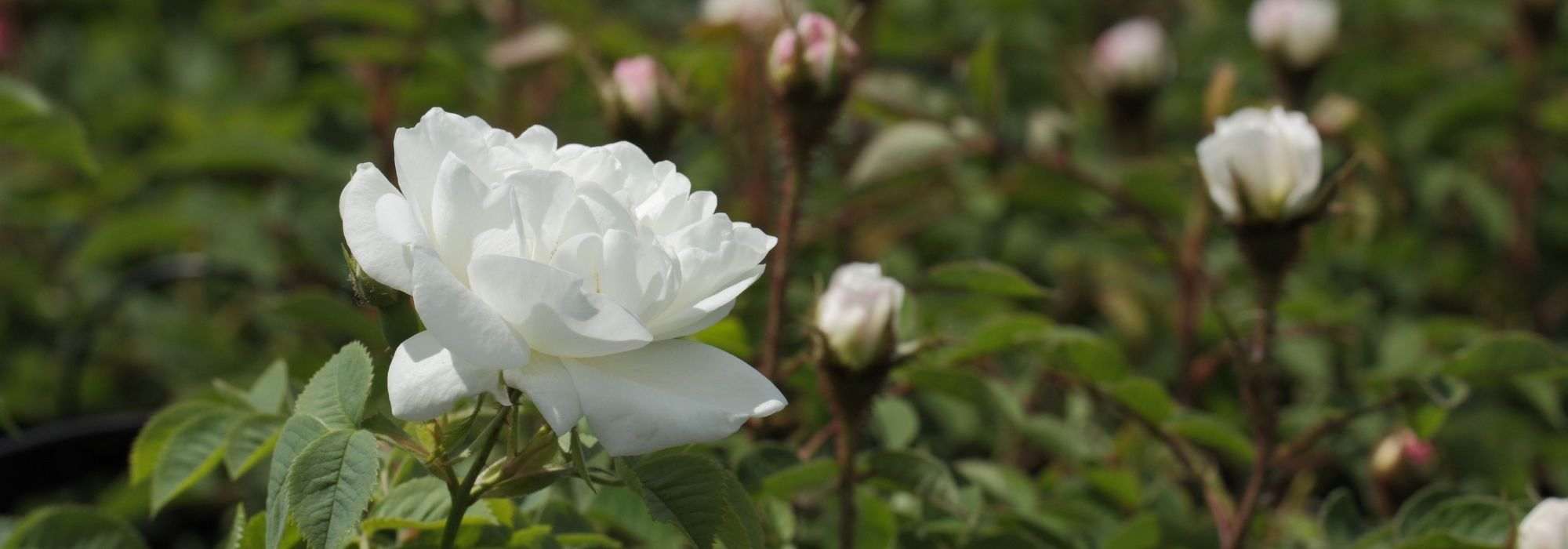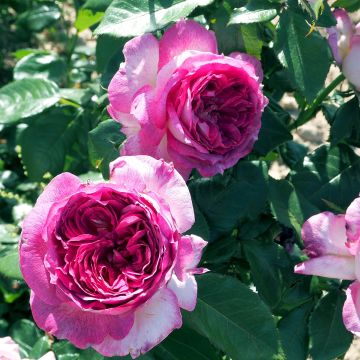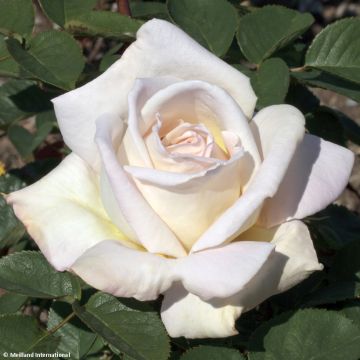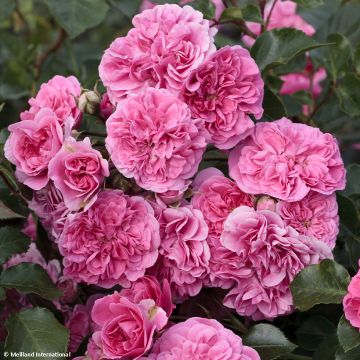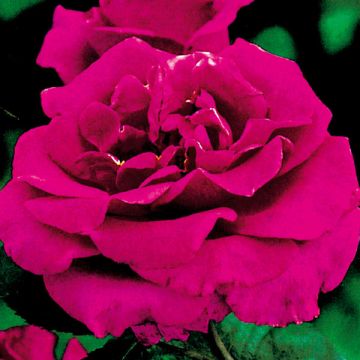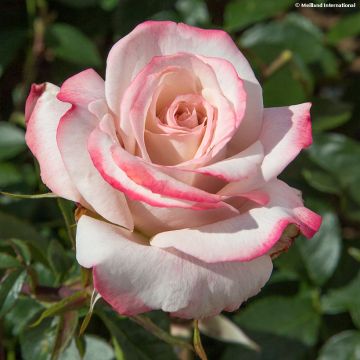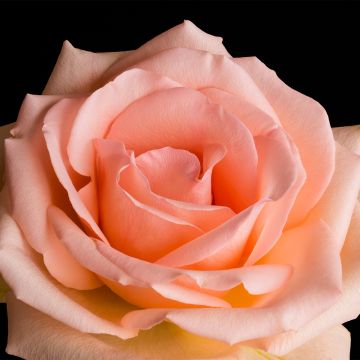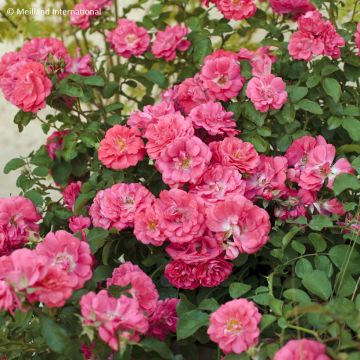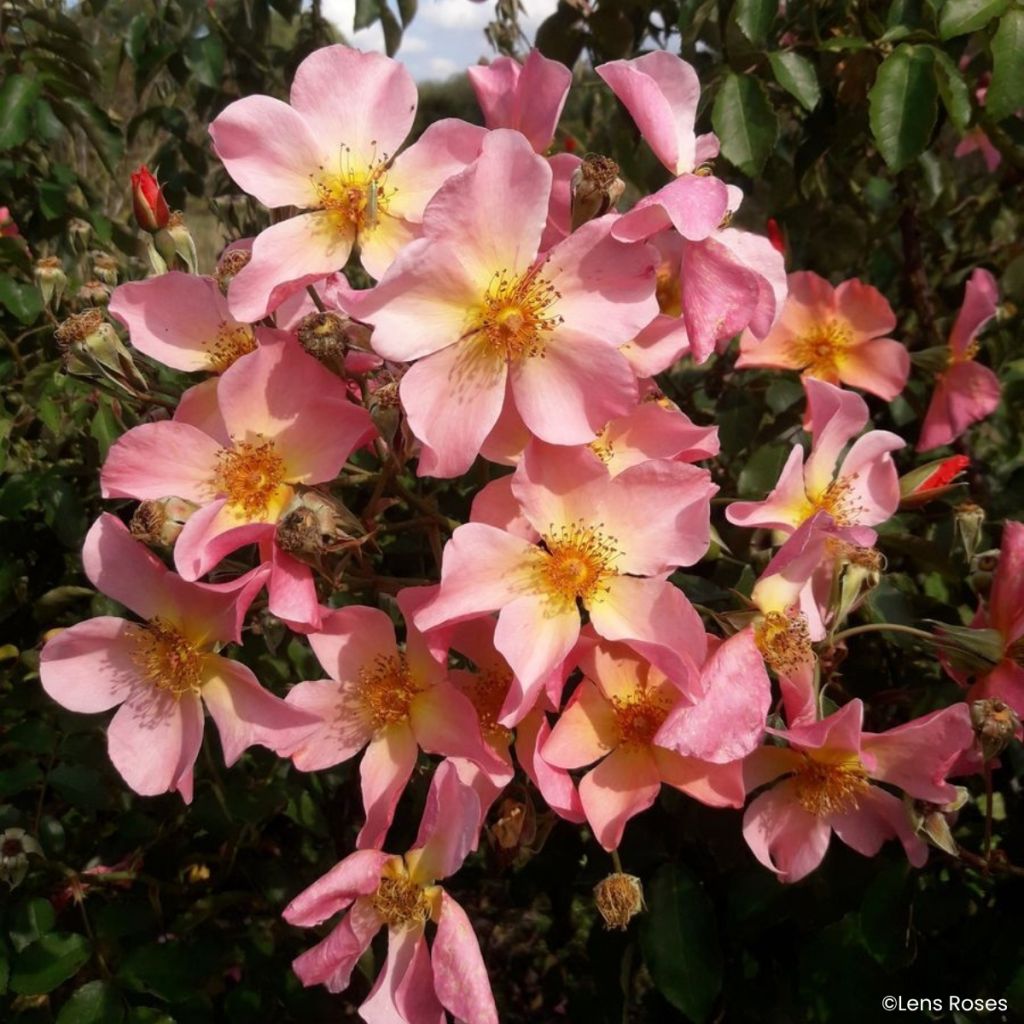

Rosa moschata Lens Flair - Climbing Rose


Rosa moschata Lens Flair - Climbing Rose
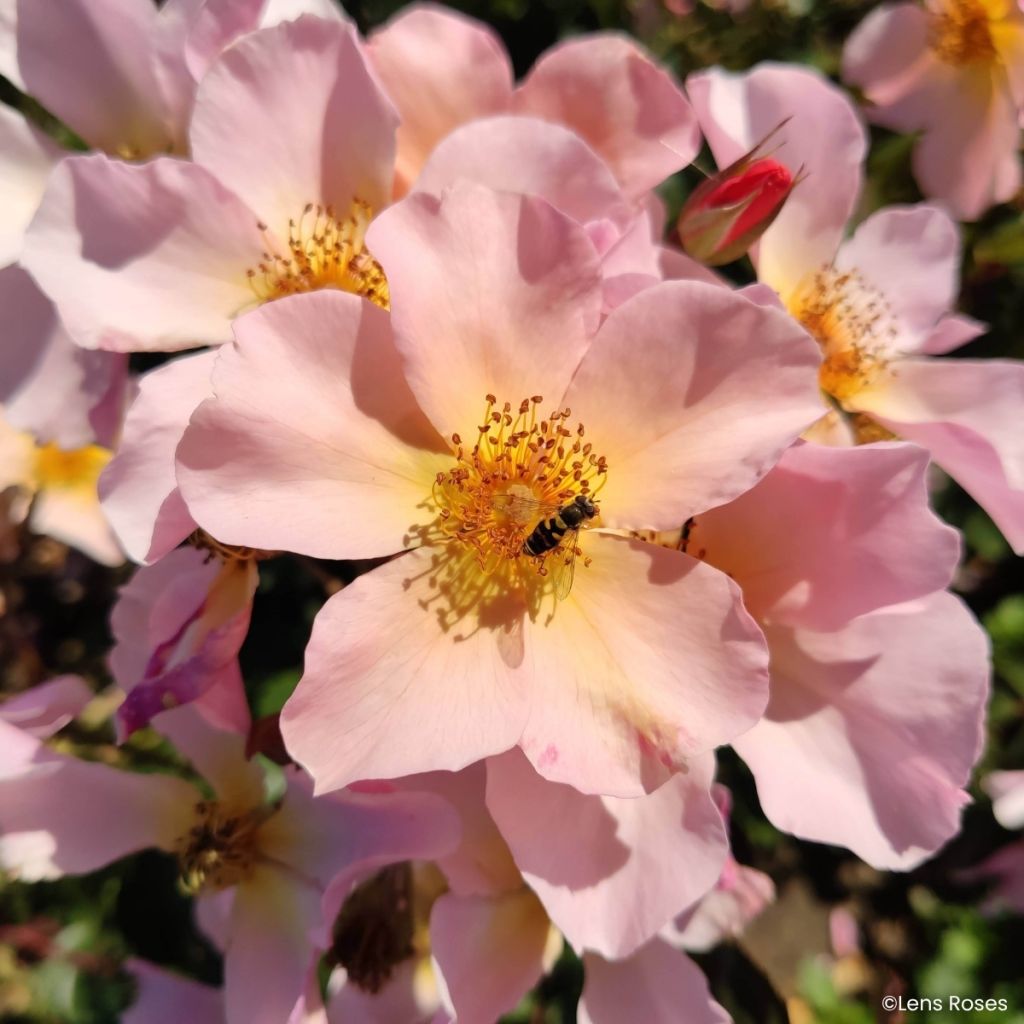

Rosa moschata Lens Flair - Climbing Rose
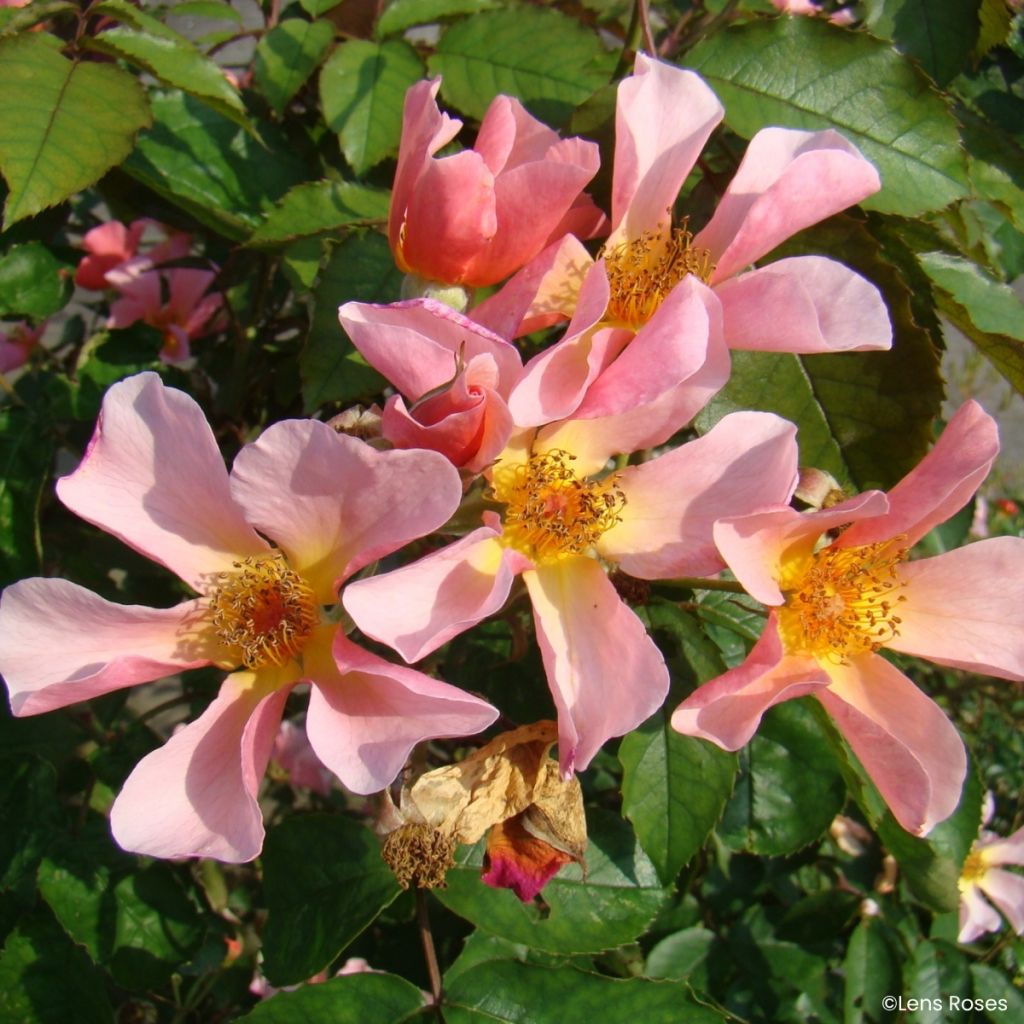

Rosa moschata Lens Flair - Climbing Rose
Rosa moschata Lens Flair - Climbing Rose
Rosa x moschata 'VEL16mkawa' Lens Flair
Musk Rose
Special offer!
Receive a €20 voucher for any order over €90 (excluding delivery costs, credit notes, and plastic-free options)!
1- Add your favorite plants to your cart.
2- Once you have reached €90, confirm your order (you can even choose the delivery date!).
3- As soon as your order is shipped, you will receive an email containing your voucher code, valid for 3 months (90 days).
Your voucher is unique and can only be used once, for any order with a minimum value of €20, excluding delivery costs.
Can be combined with other current offers, non-divisible and non-refundable.
Home or relay delivery (depending on size and destination)
Schedule delivery date,
and select date in basket
We guarantee the quality of our plants for a full growing cycle, and will replace at our expense any plant that fails to recover under normal climatic and planting conditions.
Description
'Lens Flair' is a hybrid climbing rose of Rosa moschata that produces single flowers with changing colours, gathered in large multicoloured clusters. They bloom from spring to autumn on very healthy, glossy foliage. The corollas, open to reveal a cluster of golden stamens, are visited by pollinating insects. It is traditionally used to adorn pergolas, trellises and fences, but also as a large informal hedge bush.
The 'VEL16mkawa' Lens Flair® rose belongs to the Rosaceae family and the musk hybrid group. This variety was bred in Belgium by Lens Roses (Ann Velle Boudolf programme), selected in 2016 and released from 2020 to mark the nursery's anniversary.
Its habit is upright, developing long flexible stems with medium-sized prickles. Its growth is quite rapid. This rose reaches 2 to 3.50 m in height with a spread of 1.50 to 2 m, depending on how it is trained.
The flowering is repeat flowering; it renews from late May-June until the first frosts, in flushes. The inflorescences carry very numerous pink-red buds opening into flowers 4-5 cm in diameter, with 4 or 5 petals. Their colour is a coppery salmon pink when fully open, with a yellow base that highlights the stamens, then they fade to light pink; the reverse of the corollas is a more intense pink. Over time, the petals curl back, giving the flower a star-like appearance. They emit a light floral fragrance. Each cluster can bear up to 27 flowers; if not pruned, a few small hips form at the end of the season. The young shoots and leaves, coloured brown-red, are decorative. The deciduous foliage is divided into glossy leaflets of a dark green. It is absent in winter. The hardiness of this variety is around -15 °C.
Train the 'Lens Flair' rose on an arch, the pillar of a pergola or a trellis near a terrace, planting its base in a cool spot. You can grow summer-flowering clematis through its branches, such as ‘Madame Julia Correvon’ and 'Prince Charles', or pair it with pastel climbing roses ‘Guirlande d’Amour’ and Sourire d’Orchidée. In a flowering hedge, it pairs well with weigelas or tall spring spiraeas.
'Lens Flair' received awards in international competitions at the time of its release, confirming its reliable flowering and good garden performance: in 2020, this variety won the Gold Medal at the Warsaw International Trials and a Certificate of Merit in The Hague.
Rosa moschata Lens Flair - Climbing Rose in pictures
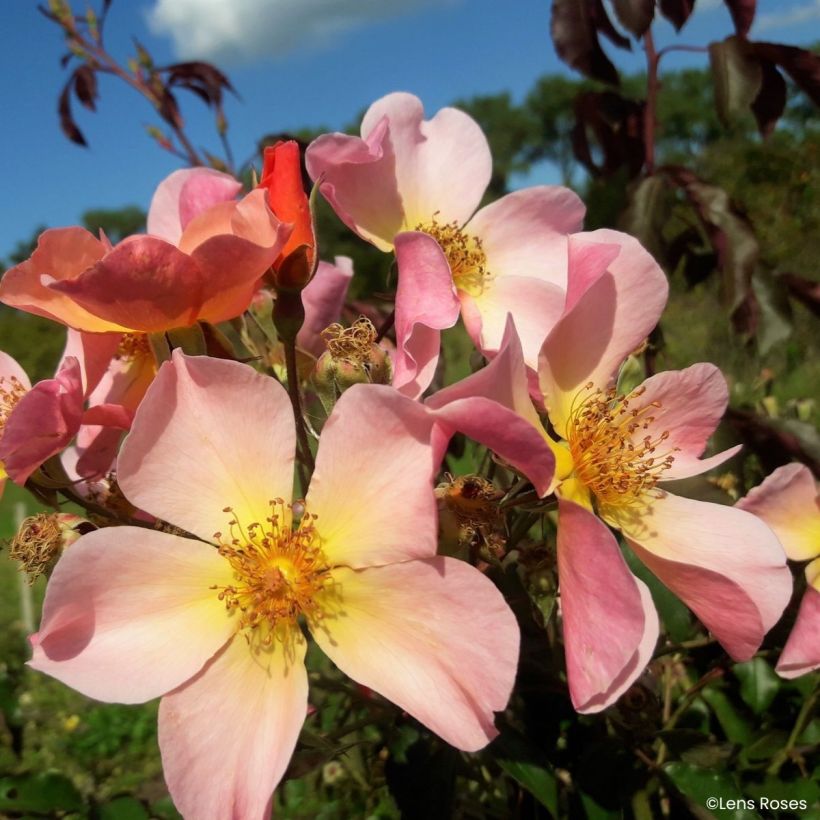

Plant habit
Flowering
Foliage
Botanical data
Rosa
x moschata
'VEL16mkawa' Lens Flair
Rosaceae
Musk Rose
Rosa 'VEL16mkawa', Rosa Lens Flair
Cultivar or hybrid
Planting and care
The 'Lens Flair' rose adapts to all types of soil provided planting is carefully done, and it doesn't lack water or nutrients. Plant it in ordinary, well-worked and well-drained soil, in a sunny or partially shaded afternoon position. Plant it in early spring or autumn, never when it's freezing.
If you plant a rambling rose next to a living tree, the rose's root system will compete with that of the already well-established tree. To control watering, here's a tip: plant the rose in a large container with the bottom removed, at the foot of the tree: the tree's roots won't penetrate the container for at least a year. Remove the container after one year, for example by cutting one side, without disturbing the rose's root system. The rose will have had time to develop its root system deeply and will be more resilient.
Roses often become spotted or unsightly by late summer, but this isn't a problem for their development. These spots aren't dangerous for the rose - it's a natural phenomenon. Follow all our advice to remedy this and read our article: Help: I have spots on my roses!
Planting period
Intended location
Care
Planting & care advice
This item has not been reviewed yet - be the first to leave a review about it.
Similar products
Haven't found what you were looking for?
Hardiness is the lowest winter temperature a plant can endure without suffering serious damage or even dying. However, hardiness is affected by location (a sheltered area, such as a patio), protection (winter cover) and soil type (hardiness is improved by well-drained soil).

Photo Sharing Terms & Conditions
In order to encourage gardeners to interact and share their experiences, Promesse de fleurs offers various media enabling content to be uploaded onto its Site - in particular via the ‘Photo sharing’ module.
The User agrees to refrain from:
- Posting any content that is illegal, prejudicial, insulting, racist, inciteful to hatred, revisionist, contrary to public decency, that infringes on privacy or on the privacy rights of third parties, in particular the publicity rights of persons and goods, intellectual property rights, or the right to privacy.
- Submitting content on behalf of a third party;
- Impersonate the identity of a third party and/or publish any personal information about a third party;
In general, the User undertakes to refrain from any unethical behaviour.
All Content (in particular text, comments, files, images, photos, videos, creative works, etc.), which may be subject to property or intellectual property rights, image or other private rights, shall remain the property of the User, subject to the limited rights granted by the terms of the licence granted by Promesse de fleurs as stated below. Users are at liberty to publish or not to publish such Content on the Site, notably via the ‘Photo Sharing’ facility, and accept that this Content shall be made public and freely accessible, notably on the Internet.
Users further acknowledge, undertake to have ,and guarantee that they hold all necessary rights and permissions to publish such material on the Site, in particular with regard to the legislation in force pertaining to any privacy, property, intellectual property, image, or contractual rights, or rights of any other nature. By publishing such Content on the Site, Users acknowledge accepting full liability as publishers of the Content within the meaning of the law, and grant Promesse de fleurs, free of charge, an inclusive, worldwide licence for the said Content for the entire duration of its publication, including all reproduction, representation, up/downloading, displaying, performing, transmission, and storage rights.
Users also grant permission for their name to be linked to the Content and accept that this link may not always be made available.
By engaging in posting material, Users consent to their Content becoming automatically accessible on the Internet, in particular on other sites and/or blogs and/or web pages of the Promesse de fleurs site, including in particular social pages and the Promesse de fleurs catalogue.
Users may secure the removal of entrusted content free of charge by issuing a simple request via our contact form.
The flowering period indicated on our website applies to countries and regions located in USDA zone 8 (France, the United Kingdom, Ireland, the Netherlands, etc.)
It will vary according to where you live:
- In zones 9 to 10 (Italy, Spain, Greece, etc.), flowering will occur about 2 to 4 weeks earlier.
- In zones 6 to 7 (Germany, Poland, Slovenia, and lower mountainous regions), flowering will be delayed by 2 to 3 weeks.
- In zone 5 (Central Europe, Scandinavia), blooming will be delayed by 3 to 5 weeks.
In temperate climates, pruning of spring-flowering shrubs (forsythia, spireas, etc.) should be done just after flowering.
Pruning of summer-flowering shrubs (Indian Lilac, Perovskia, etc.) can be done in winter or spring.
In cold regions as well as with frost-sensitive plants, avoid pruning too early when severe frosts may still occur.
The planting period indicated on our website applies to countries and regions located in USDA zone 8 (France, United Kingdom, Ireland, Netherlands).
It will vary according to where you live:
- In Mediterranean zones (Marseille, Madrid, Milan, etc.), autumn and winter are the best planting periods.
- In continental zones (Strasbourg, Munich, Vienna, etc.), delay planting by 2 to 3 weeks in spring and bring it forward by 2 to 4 weeks in autumn.
- In mountainous regions (the Alps, Pyrenees, Carpathians, etc.), it is best to plant in late spring (May-June) or late summer (August-September).
The harvesting period indicated on our website applies to countries and regions in USDA zone 8 (France, England, Ireland, the Netherlands).
In colder areas (Scandinavia, Poland, Austria...) fruit and vegetable harvests are likely to be delayed by 3-4 weeks.
In warmer areas (Italy, Spain, Greece, etc.), harvesting will probably take place earlier, depending on weather conditions.
The sowing periods indicated on our website apply to countries and regions within USDA Zone 8 (France, UK, Ireland, Netherlands).
In colder areas (Scandinavia, Poland, Austria...), delay any outdoor sowing by 3-4 weeks, or sow under glass.
In warmer climes (Italy, Spain, Greece, etc.), bring outdoor sowing forward by a few weeks.

































